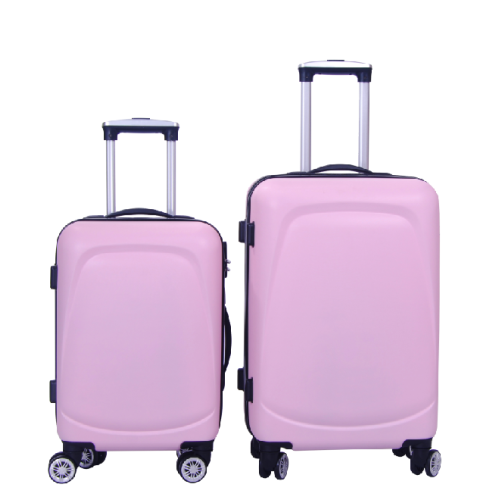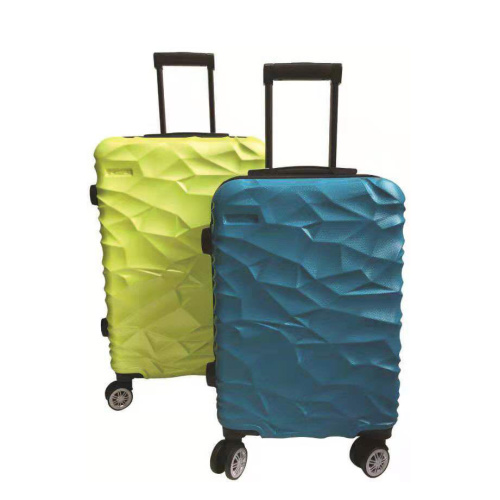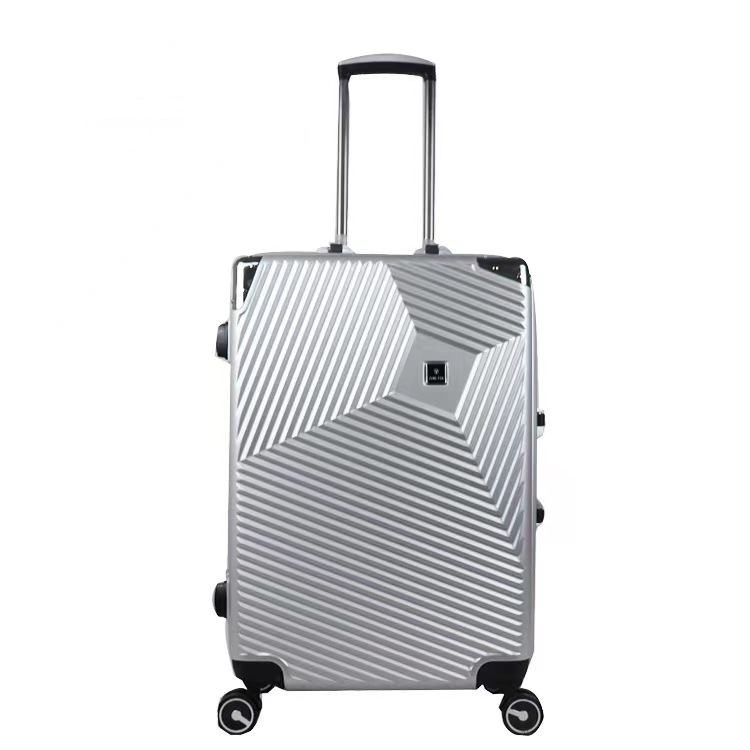Different kinds of plastic commonly used coatings are widely used and widely used. The requirements on the adaptability of plastic substrates and coatings are also different, mainly based on the nature of the plastic being coated and the requirements on the performance of the coating film. (1) Select paint according to the nature of the plastic being coated. First of all, the selected coating should have good adhesion to the plastic, and secondly, the selected coating must not overdissolve the plastic surface. For strong polarity, high surface tension plastics, such as ABS plastics, it is necessary to choose a coating type with certain polar groups, such as carboxyl, hydroxyl, epoxy, etc., which will help improve the adhesion of the coating film; For non-polar plastics such as polyethylene and polypropylene, coatings with similar structures, such as perchloroethylene, petroleum resins, etc., should be selected so that a mixed layer can be created at the interface between the plastic and the coating, which can improve adhesion. For plastics with poor solvent resistance, such as polystyrene, AS, and polycarbonate plastics, special attention should be paid to the solvent's dissolving performance in the coating should not be too strong, so that the solvent is dissolved in the plastic under the premise of ensuring adhesion. Near the edge of the area, alkyd paints, polyurethane modified oils, or alcohol-based paints can be selected so as not to excessively dissolve the plastic substrate and ensure the adhesion of the coating film. For non-polar plastics and thermosetting plastics, there is no need to worry about solvent dissolution.
According to the requirements of the plastic products on the performance of the coating, the choice of coating is the same as other industries. The coatings can be divided into two categories: internal use and external use. For coatings on the surface of indoor plastic objects, more attention is paid to decorative effects, such as the TV housing and the watch case. Body and toys, lamps, etc., optional alkyd paint, acrylic paint, acrylic nitrocellulose paint and so on. Coatings used on outdoor plastic surfaces are more important for outdoor durability, such as outdoor plastic decorative plates, motor vehicle covers, baby carriages, safety helmets, and other plastic parts. The two-component aliphatic polyurethane coatings with good weather resistance and cross-linked acrylic can be selected. Coatings and so on. For special occasions, special coatings such as scratch-resistant coatings, conductive coatings, anti-static coatings, and flame-retardant coatings can be selected based on the premise of considering the above basic requirements. In addition, in the selection of coatings, consideration should also be given to conditions such as coating and construction methods, adaptability of construction conditions, and price factors of products and coatings.
According to the type of plastic and surface treatment method to choose the type of coating in the actual coating of plastic products, in addition to the selection of plastic-compatible coatings, there is also a problem with the plastic substrate surface treatment of the three adaptation problems, it is difficult To achieve the desired effect.
ABS plastics have poor weatherability, monotonous color, and need to be coated with a coating to improve its weatherability and decorative properties. Commonly used finishing techniques include transparent finishing and opaque finishing. ABS requirements Spray paint requires high ink solids content, fineness, good hardness, fast drying speed, excellent gloss, colorful, good adhesion, does not erode the substrate, scratch resistance, surface hardness. Naturally volatile dry, use special ABS spray thinner, recommended dosage: 60~80%
Some disadvantages of the PC itself, such as poor resistance to cracking, stress, and especially the erosion of organic solvents such as aromatics, fats and ketones, can cause stress cracking. Some problems are likely to be caused by stress cracking, so try to use The special diluent for PS containing aromatics, fats, ketones and other organic solvents. There is also the use of acidic chemical solution pretreatment, so that the molecular chain of the PC plastic surface is broken, so that the surface after spraying is better.
In view of the peculiarities of plastics and their products, in addition to the common industrial brush, roller, shower, dip, air spray, and high pressure airless spray, the plastic industry also uses the following special coating methods.
Rotary barrel coating method. Plastic toys, daily necessities, and paints with simple shapes are put together into round, hexagonal, octagonal, and other rotating drums and rotated together for a certain period of time (generally minutes to tens of minutes) so that the plastic surface is completely wetted and the wire is used. Remove, drain, and bake. The viscosity of the coating should be slightly smaller, controlled in the coated -4 cup 16~20s, according to the diameter of the rotating drum, the speed is generally 20 ~ 40r/min, the speed is too fast, the product is thrown to the barrel wall, lack of self rotation; speed over Slow, difficult to roll products, uneven coating.
screen printing. It is generally used for the printing of trademarks. For plastic films, high-speed roller printing is used for electrostatic spraying. With the grounded object being the anode, the paint nozzle is a cathode and a negative voltage is applied, and the atomized paint droplets are sprayed with a negative charge onto a positively charged plastic product. Since plastic is prone to static electricity, it is necessary to remove static electricity first to perform normal coating. A corona discharge type static eliminator is generally used to generate a charge that is opposite to the surface of the plastic and neutralizes uneven charges due to friction and the like. Second, the surface of the plastic is dipped, sprayed, and showered with a conductive agent to reduce the surface resistance.







